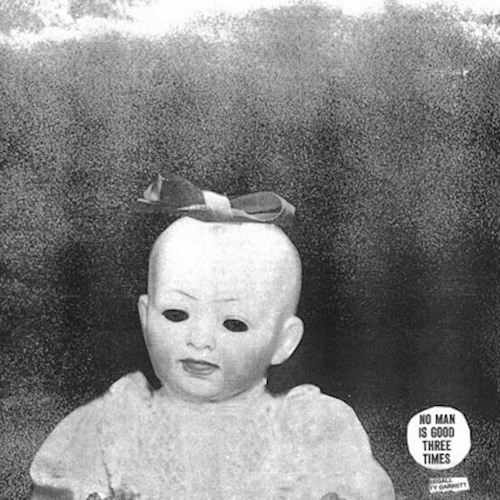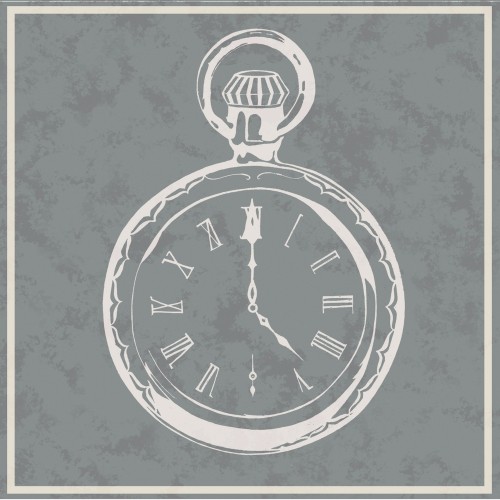 Release Date: June 4, 2013
Release Date: June 4, 2013





A heavily distorted guitar fades in with a low grumble akin to the sound of Dallas Green’s previous band, Alexisonfire, only to be supplanted by a strike on the acoustic guitar. City and Colour is Green’s acoustic brainchild, and The Hurry and The Harm is his latest LP.
Green has a strong voice, which he had exercised during his Alexisonfire days, but now has taken a mellower approach with vocals and music alike. That mellow shade ranges from bright and joyous country, like on “Harder Than Stone,” to catchy-melody-filled indie anthems like “Paradise,” that approach the likes of Iron and Wine without stepping on any feet.
When talk of a solo project comes about, many musicians reach for an acoustic guitar. Rolling from town to town, Green and others must feel like minstrels clutching a lute, and wooing the crowds with their sensitive magic. Woo they must, because people are looking for a hit of nostalgia.
Though if you’re looking for more than “the sweetest melody” that Green says he’s searching for, City and Colour might not be your pick. His basic chord progressions, the country licks on a cheesy, reverb-soaked electric guitar thrown in seemingly at random, and his calm approach to playing guitar amount to enjoyable, albeit trite, music.
This isn’t what Green was aiming for, as he makes clear on “Commentator.” He sings, “What gave you the impression that your opinion means anything to anyone?/You’re nothing but a bunch of amateurs, commentators, who live their lives behind a wall of insecurities.” He’s pointing at music journalists and opinionated enthusiasts alike, in a “keep your enemies closer” sort of way.
Though it begs a question: Could Green, or anyone, articulate an opinion about music while remaining objective? He may have just as difficult a time with that as he would writing innovative music. Green makes it clear he doesn’t want to be “revolutionary,” as he sings, so one cannot fault him for being conventional. In any case, kudos to Green for being well aware of his critics and starting a conversation about whether dissecting music is truly important.
He may not be “revolutionary,” but the telltale sounds from his other albums have at least expanded. Now Green is incorporating string sections and a studio touch that gives The Hurry and The Harm a distant echo like that of a chamber.
“Ladies and Gentleman,” for example, has a softly vibrating bass, a righteous electric piano solo, and powerful, patient drumming on toms that add worlds to the simple strumming of Green on an old acoustic.
On “Thirst,” the sonic motif of The Hurry and The Harm gets dropped for a bluesier feel and a distorted guitar, though Green still holds onto his acoustic throughout the chorus. It’s not groundbreaking, but music doesn’t need to be.
It’s been said that if originality is one’s only virtue, then that is less than one virtue. The Hurry and The Harm‘s virtue is of patience that draws feeling in the air between chords. It is this fight against “the hurry” that keeps Green from trying to complicate and add complexity to his music. For Green, being in a sea of beautiful and patient music is perfect, but for some, destroying the templates of music and creating something fresh and exciting is paramount.
The Hurry and The Harm certainly isn’t a musician’s music, though Green can teach those who hold progress as an idol that there is much more than innovation that makes music sacred. It is realizations like this that make dissecting music worthwhile.
City and Colour – The Hurry and The Harm tracklist:
- “The Hurry and The Harm”
- “Harder Than Stone”
- “Of Space and Time”
- “The Lonely Life”
- “Paradise”
- “Commentators”
- “Thirst”
- “Two Coins”
- “Take Care”
- “Ladies and Gentlemen”
- “The Golden State”
- “Death’s Song”


